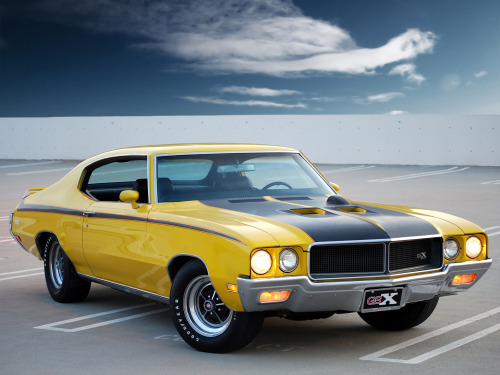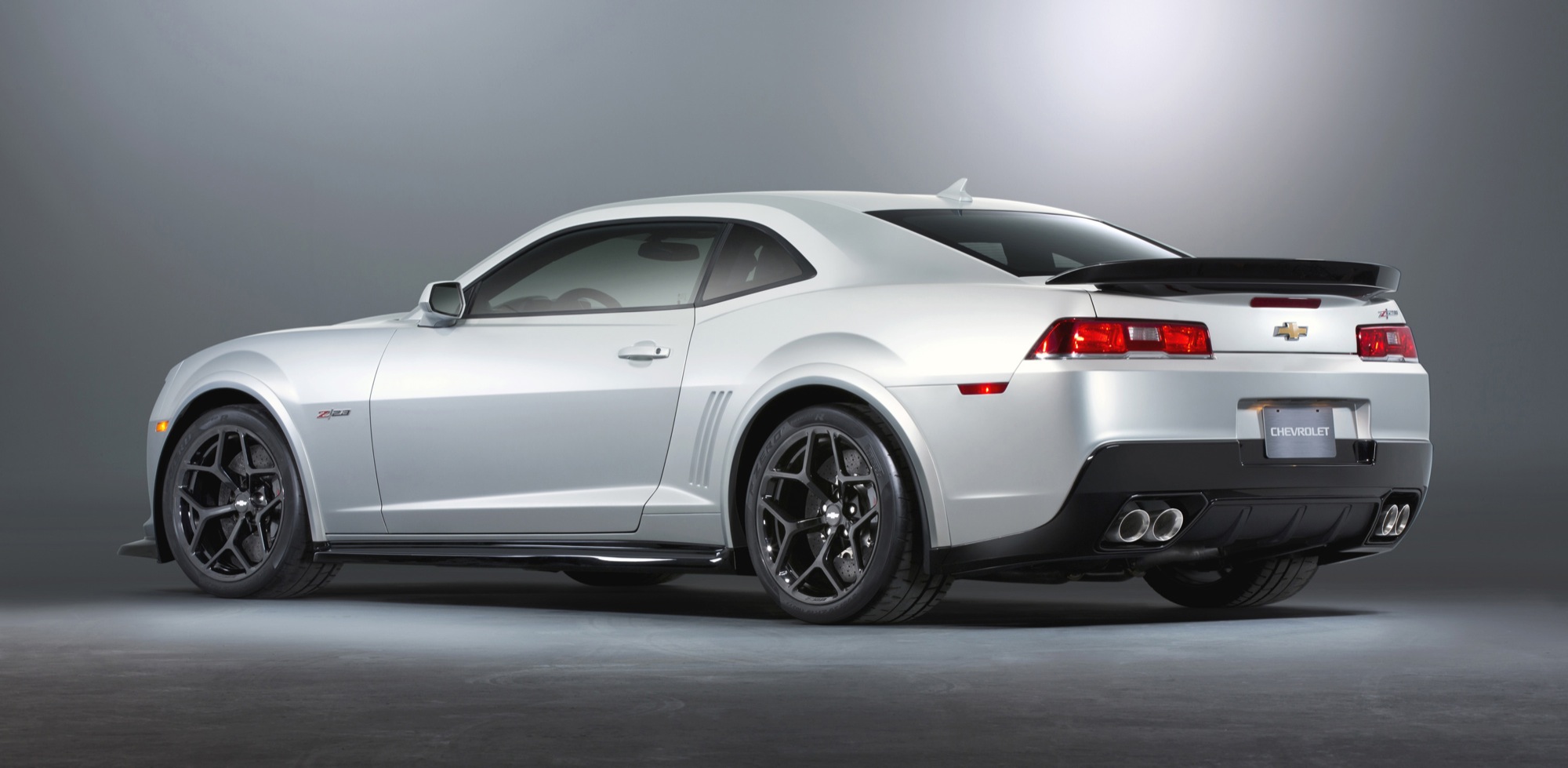
Redirect
http://www.gmpowerhouses.com/2021/08/legend-of-chevelle-quick-overview.html


 Al Oppenheiser, Vehicle Chief Engineer for the Chevrolet Camaro has took a few minutes to answer some question with LSXTV and Chevy Hardcore, about the thought process behind the all new road race ready 2014 Z/28? There is a lot of questions that have been asked in the past few years about the Camaro like: why a ZL-1 or a 1LE instead of the Z/28. Why the choice of the 426 naturally aspired engine instead of the supercharged LS7, 7.0 liter for the Z/28. Well here is Oppenheiser on some of those question and others like aerodynamics, weight reducing, and g-forces.
Al Oppenheiser, Vehicle Chief Engineer for the Chevrolet Camaro has took a few minutes to answer some question with LSXTV and Chevy Hardcore, about the thought process behind the all new road race ready 2014 Z/28? There is a lot of questions that have been asked in the past few years about the Camaro like: why a ZL-1 or a 1LE instead of the Z/28. Why the choice of the 426 naturally aspired engine instead of the supercharged LS7, 7.0 liter for the Z/28. Well here is Oppenheiser on some of those question and others like aerodynamics, weight reducing, and g-forces.  AO:
“If you start with an SS, which is our 426 V-8, we have gone after the
things that make the car go around the track faster – Go, Stop and Turn
are our three mottos. The Go is the naturally aspirated LS-7 plucked
right out of the Corvette. These are hand-built at the Wixom
Performance Build Center and have no shortage of power.
AO:
“If you start with an SS, which is our 426 V-8, we have gone after the
things that make the car go around the track faster – Go, Stop and Turn
are our three mottos. The Go is the naturally aspirated LS-7 plucked
right out of the Corvette. These are hand-built at the Wixom
Performance Build Center and have no shortage of power. |
| Al Openheiser |
 CHC: Speaking again of power-to-weight
ratio as sort of that all-mighty watermark of performance, are there any
other ways that Chevrolet could see shaving weight from the Z/28 in the
future models?
CHC: Speaking again of power-to-weight
ratio as sort of that all-mighty watermark of performance, are there any
other ways that Chevrolet could see shaving weight from the Z/28 in the
future models? General Motors has been the maker of the most
iconic sports/muscle car in America's automobile history. Even for non-car
enthusiastic, the Corvettes unique style is recognized by just about every
American and non-American around the world. As I attended the 2013 North
American Auto show, General Motors introduced their brand new 2014 Corvette
Stingray. With more aggressive looking exterior body-lines, many interior
styling upgrades and of course more technology for the engine and the drive
train, GM made the huge impact on the public that they were ultimately
expecting.
General Motors has been the maker of the most
iconic sports/muscle car in America's automobile history. Even for non-car
enthusiastic, the Corvettes unique style is recognized by just about every
American and non-American around the world. As I attended the 2013 North
American Auto show, General Motors introduced their brand new 2014 Corvette
Stingray. With more aggressive looking exterior body-lines, many interior
styling upgrades and of course more technology for the engine and the drive
train, GM made the huge impact on the public that they were ultimately
expecting.| Model: | 2014 Chevrolet Corvette Stingray |
| Body styles / driveline: | 2-door hatchback coupe with removable roof panel; rear-wheel drive |
| Construction: | composite and carbon-fiber body panels, hydroformed aluminum frame with aluminum and magnesium structural and chassis components |
| Manufacturing location: | Bowling Green, Ky. |
| LT1 6.2L V-8 | |
| Displacement (cu in / cc): | 376 / 6162 |
| Bore & stroke (in / mm): | 4.06 x 3.62 / 103.25 x 92 |
| Block material: | cast aluminum |
| Cylinder head material: | cast aluminum |
| Valvetrain: | overhead valve, two valves per cylinder |
| Fuel delivery: | direct injection |
| Compression ratio: | 11.5:1 |
| Horsepower / kW: | 450 / 335 (est.) |
| Torque (lb-ft / Nm): | 450 / 610 (est.) |
| Type: | seven-speed manual with Active Rev Match | six-speed paddle-shift automatic |
| Front: | short/long arm ( SLA) double wishbone, cast aluminum upper and lower control arms, transverse-mounted composite spring, monotube shock absorber |
| Rear: | short/long arm ( SLA) double wishbone, cast aluminum upper and lower control arms, transverse-mounted composite spring, monotube shock absorber |
| Active handling: | Magnetic Selective Ride Control (avail. with Z51) |
| Traction control: | StabiliTrak, electronic stability control |
| Type: | front and rear power-assisted discs with four-piston fixed front and rear calipers (slotted rotors with Z51) |
| Rotor diameter (in / mm): | front: 12.6 / 320 (13.6 / 345 with Z51) rear: 13.3 / 338 |
| Wheel size: | front: 18-inch x 8.5-inch (Stingray) front: 19-inch x 8.5-inch (with Z51) rear: 19-inch x 10-inch (Stingray) rear: 20-inch x 10-inch (with Z51) |
| Tires: | Michelin Pilot Super Sport run-flat front: P245/40R18 (Stingray) front: P245/35R19(with Z51) rear: P285/35R19 (Stingray) rear: P285/30R20(with Z51) |
| Wheelbase (in / mm): | 106.7 / 2710 |
| Overall length (in / mm): | 177 / 4495 |
| Overall width (in / mm): | 73.9 / 1877 |
| Overall height (in / mm): | 48.6 / 1235 |
| Weight distribution (% front / rear): |
50 / 50 |
 The 2013 Hot Wheels Limited Edition Convertible Camaro 2SS will be the INDY 500 Festival Car for the 97th Indianapolis 500. As tradition, there will be 33 given to Indianapolis official, personnel, media etc. to drive around for the week to help promote the INDY 500 and also promote the Camaro.
The 2013 Hot Wheels Limited Edition Convertible Camaro 2SS will be the INDY 500 Festival Car for the 97th Indianapolis 500. As tradition, there will be 33 given to Indianapolis official, personnel, media etc. to drive around for the week to help promote the INDY 500 and also promote the Camaro.